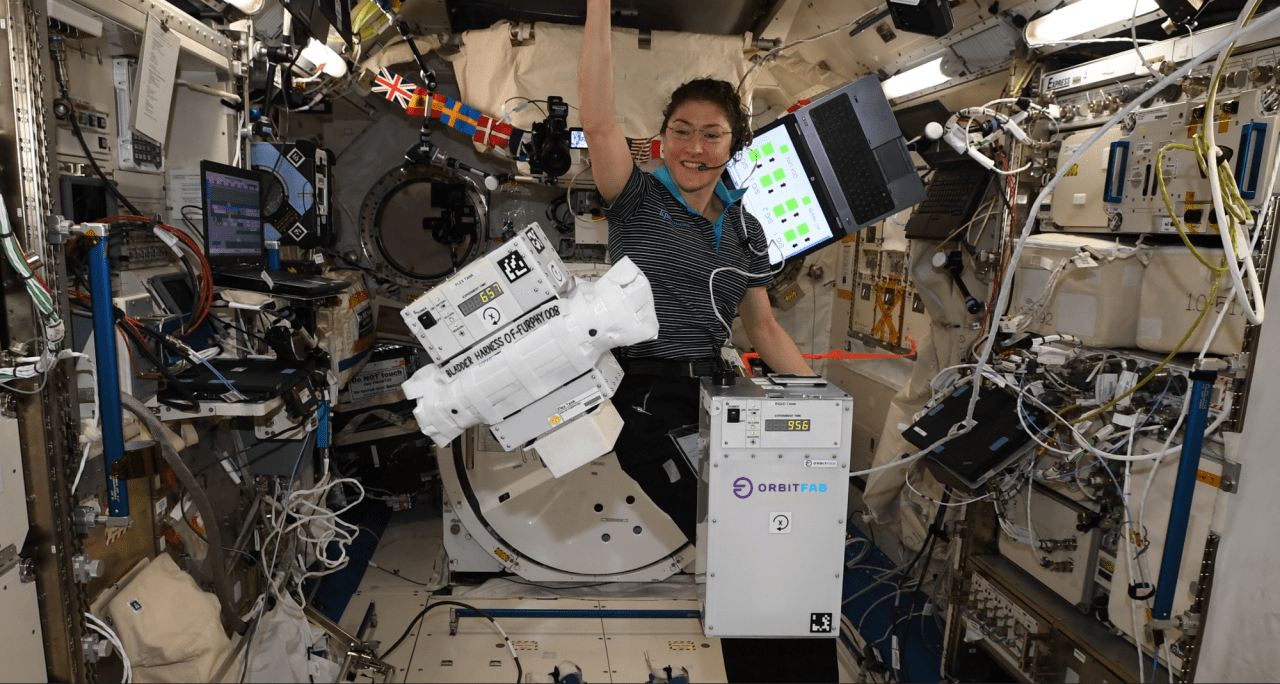In the evolving landscape of space technology, the potential for orbital refueling stands as a beacon of innovation and sustainability. Orbit Fab, a promising startup that emerged as a finalist in the 2019 TechCrunch Battlefield, has recently taken a significant step towards making satellite refueling a commonplace practice. With funding from the National Science Foundation’s early-stage deep tech initiative, America’s Seed Fund, Orbit Fab is poised to revolutionize the space industry. Let’s delve into what’s stirring in the cosmos and examine the implications of this breakthrough technology.
Turning Dreams into Reality: The Technology Behind RAFTI
At the heart of Orbit Fab’s ambitious plan is their Rapidly Attachable Fluid Transfer Interface, affectionately known as RAFTI. This innovative technology is designed to streamline the process of connecting two spacecraft, enabling efficient fuel transfer in space. Unlike traditional methods of transferring propellant, RAFTI aims to create a universal standard for refueling operations, offering seamless interoperability between ground-based fueling and in-orbit refueling.
The introduction of RAFTI could redefine how spacecraft are powered, providing a critical solution to one of the biggest challenges in space: sustaining continuous operations. With the capacity to refuel at various points in orbit, satellites can exponentially increase their mission durations and capabilities without the exhaustive costs associated with traditional launches.
A Step Towards Multi-Purpose Spacecraft
- Economic Advantages: The ability to refuel satellites in orbit could lead to dramatic cost reductions. Launching payloads into space is pricey; however, facilitating a flight to an “orbital gas station” can significantly defray these costs.
- Enhanced Flexibility: With RAFTI, the versatility of spacecraft will increase. Operators may find it more practical to carry out extended missions and service multiple clients using a single vehicle, thus optimizing investments in space.
- Collaborative Endeavors: Orbit Fab is not working in isolation; they are collaborating with an impressive coalition of over 30 organizations and companies. This collaborative approach is vital for setting standards that can be adopted industry-wide, ensuring that every player in the space sector can benefit.
NASA’s Support and Future Trials
The funding secured from the National Science Foundation will enable Orbit Fab to demonstrate their technology to the world. The initial funding phase involves $250,000 invested in a demonstration of the RAFTI docking process, which is aimed to occur in the upcoming summer. This demonstration will be an important proving ground for their technology, showcasing its feasibility and paving the way for more extensive trials.
An exciting prospect lies in the inaugural trial operation slated for within two years, which will involve actual fuel transfer operations between two satellites in low Earth orbit. This phase marks a crucial benchmark in validating the technology and establishing operational protocols for future endeavors.
The Future of Commercial Space Operations
If Orbit Fab’s technology proves successful, we could witness a significant transformation in the commercial space sector. The prospects of having “gas stations” in orbit promise to alleviate one of the primary concerns in satellite operations—fuel availability. This future could foster a thriving ecosystem of satellite services, driven by the convenience of refuelable spacecraft.
Furthermore, as the industry embraces this breakthrough, the implications extend beyond refueling alone. It could lay the foundation for various ancillary services such as orbital maintenance, upgrades, and decommissioning—all possible thanks to the capabilities enabled by RAFTI technology.
Conclusion: An Astronautical New Dawn
The emerging technology and growth trajectory of Orbit Fab signal an exciting time for space exploration and commercialization. As they continue their momentum with support from entities like the National Science Foundation, it’s evident that satellite refueling is not just a dream—it’s rapidly becoming a practical reality. At fxis.ai, we believe that such advancements are crucial for the future of AI, as they enable more comprehensive and effective solutions. Our team is continually exploring new methodologies to push the envelope in artificial intelligence, ensuring that our clients benefit from the latest technological innovations.
For more insights, updates, or to collaborate on AI development projects, stay connected with fxis.ai.

